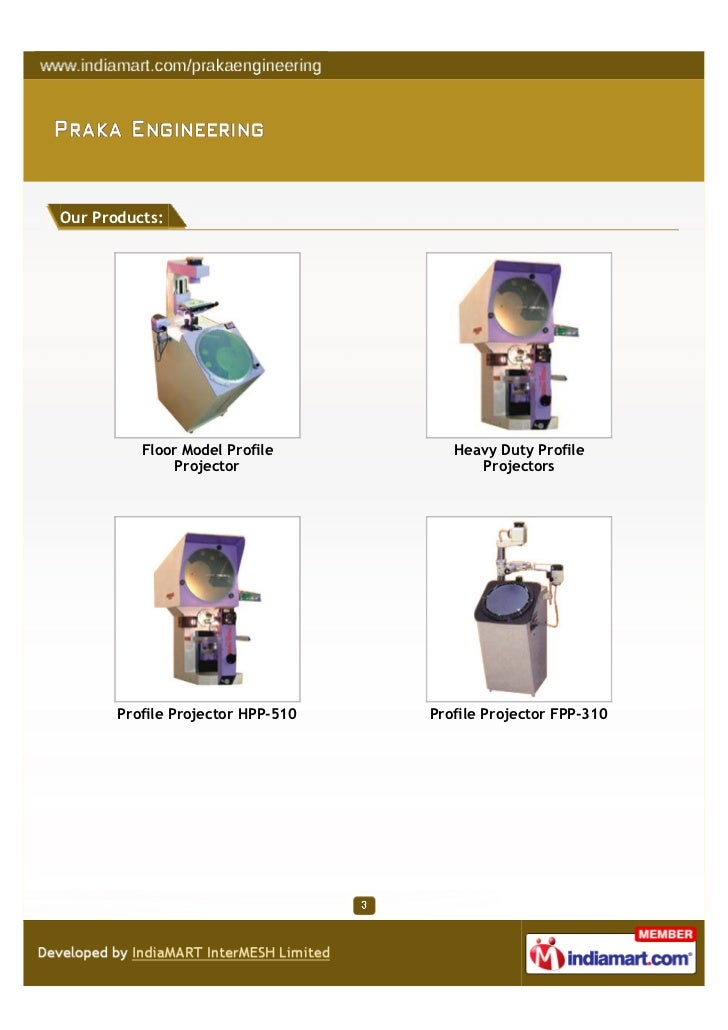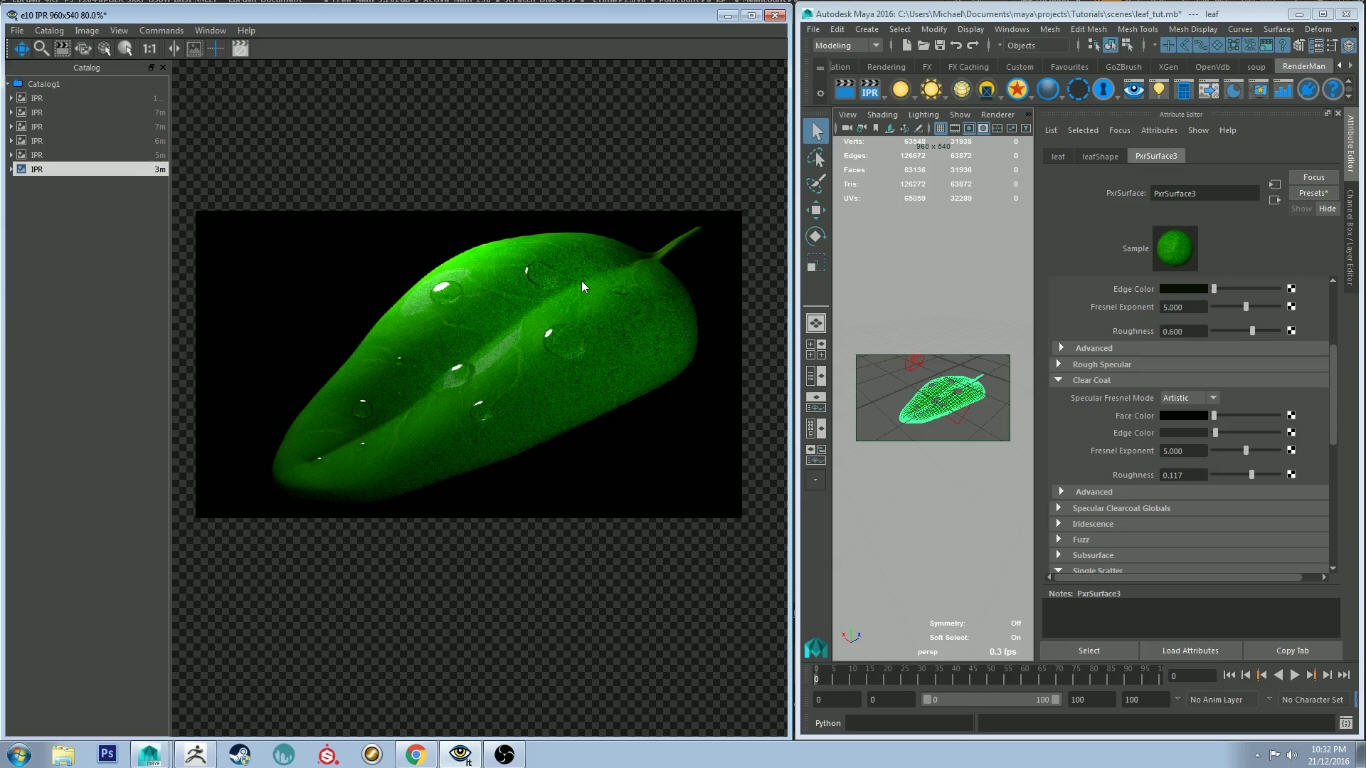

- #Ptex renderman tutorial skin#
- #Ptex renderman tutorial code#
- #Ptex renderman tutorial professional#

#Ptex renderman tutorial professional#
OpenSubdiv is a consistent implementation of subdivision, with GPU and CPU versions, and one that promises greater interoperability and interchange – in short, it offers a professional standard. If the industry is fairly agreed that subdivision is a good idea – and even the geometry primitive of the future – then, as Pixar TD Manuel Kraemer points out, “we should at least agree on what the definition of a subdivision surface – Catmull-Clark or whatever – we should agree on what it really is and the devil is in the detail!” In 2005 Maya began offering an accurate CPU based “preview” which artists found invaluable. But the definition of subdivision varies greatly and it is hard to move a model from package to package or renderer to renderer and have them load and look the same. Prior to Maya’s adoption, studios with RenderMan would simply model in poly cages and pass those to RenderMan for subdivision. Many people switched to some form of subdivision in around 2005-2006 when Maya first offered subdivision. You can put the points where you need them and one does not need to add extra points – one just models naturally.

Subdivision surfaces generally provide great advantages such as arbitrary topology and fantastic control. People have built high polygon models for years, but the same results can be achieved now with a much lower poly count with OpenSubdiv.
#Ptex renderman tutorial skin#
It also makes it difficult to see poke-throughs in cloth simulation if the skin and cloth are both only rough approximations. For example, it is hard to judge fingers touching the neck of a bottle or hands touching a cheek without a limit surface. But looking at your work as an approximation in the interactive viewport makes it difficult to see exact details and achieve a good performance. The ‘polygonal control hull’ is an approximation that is offset from the true limit surface. However, subdivision surfaces when represented at desktop level or say in an animation package are often drawn as just their polygonal control hulls purely for performance reasons. Subdivision surfaces are used for final rendering of character shapes and models as they produce a smooth and controllable ‘limit surface’. Think of the limit surface as the ‘true’ shape. In practical use, however, this algorithm is only applied a limited number of times, often as few as say 3 for a background character, perhaps 5 or 6 for a hero character. Each iteration multiplies the number of faces by 4, so 6 iterations multiplies the ‘draw quality’ by 4096. The “limit surface” is the surface produced from the subdivision process being iteratively applied infinitely many times.
#Ptex renderman tutorial code#
Pixar has now decided to release its subdivision patents and working codebase in the hope that giving away its high-performance GPU-accelerated code will create a standard for geometry throughout the animation industry. Until recently the technology had not enjoyed widespread adoption in animation. The specification was extended with local edits, creases, and other features, and formalized into a usable technique for animation in 1998 at Pixar. The subdivision of a surface is really a process whereby one can represent a smooth surface via a coarser piecewise linear polygon mesh, and then calculate a smooth surface as the limit of a recursive process of subdividing each polygonal face into smaller faces that better approximate the smooth surface. OpenSubdiv is at the heart of Pixar’s modeling pipeline and it is now being expanded to many other pipelines due to its open source approach.Ĭatmull-Clark subdivision surfaces were originally invented in the 1970s. In this exclusive and in-depth piece we explore the history, the uses and the innovative new approaches OpenSubdiv offers.

It is production proven and about to be adopted for wide scale use by products like Autodesk’s Maya and Side Effects Software’s Houdini. Subdivision is key modeling tool that allows greater accuracy and the OpenSubdiv project aims to standardize and speed up the process.


 0 kommentar(er)
0 kommentar(er)
